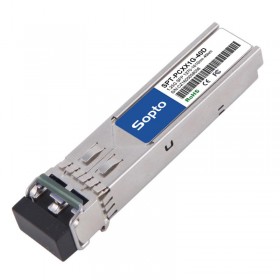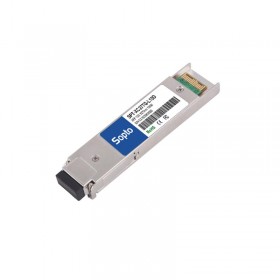- Fiber Optic Transceiver Module
- High Speed Cable
- Fiber Optical Cable
- Fiber Optical Patch Cords
- Splitter CWDM DWDM
- PON Solution
- FTTH Box ODF Closure
- PCI-E Network Card
- Network Cables
- Fiber Optical Adapter
- Fiber Optical Attenuator
- Fiber Media Converter
- PDH Multiplexers
- Protocol Converter
- Digital Video Multiplexer
- Fiber Optical Tools
- Compatible
- Can SFP+120KM be available? ...
- Why the price has so huge di...
- Can XFP transceiver modules ...
- Must optical fiber jumper be...
- Is there a module which can ...
- Can different brands SFP tra...
- How long will you change you...
- The difference between DDM S...
- Comparison of EPON and GPON
- Should we use 3rd party’s ...
- How to make differences betw...
- What is Drop Cable?
- Comparison of CWDM and DWDM ...
- GEPON Technology
- Differences of OM1, OM2, OM3...
- What is the armored fiber op...
- What is DAC cable?
- How to Choose A Right Fusion...
- Why Using a Compatible SFP O...
- Optical fiber transmission l...

CWDM and DWDM
WDM
In the same optical fiber, the technique allowing two or more optical wave to transmit information through different optical tunnels is called WDM.
CWDM and DWDM both belong to WDM, being able to inset different wavelength into single core to transmit together. CWDM is a low-expenditure technique designed to MAN.
The standard wavelength interval of CWDM is 20nm and common wavelengths are 1470nm, 1490nm, 1510nm, 1530nm, 1550nm, 1590nm and 1610nm. The wavelength interval of DWDM is below 0.8nm.
The advantages of CWDM
1. Low cost and high efficiency
In MAN, owing to its short distance, no need to use Amplifier, and insensitivity to the transmission of optical fibers, adopting CWDM can reduce the requirements on devices and components, thus cutting the expenditure.
2. Low power consumption
The DWDM system each laser to consume approximately 4W power, while CWDM with no cooler laser consuming only 0.5W.
3. Small volume
The size of DWDM is roughly 5 times of the volume of CWDM
4. Low requirements on system
When operating the business over 10G, DWDM needs to adopt G.655 optical fiber while CWDM has no specific requirements for this. It can use G.652, G.653, and G.655, thus being able to use more the form optical fibers. CWDM requires no use of those expensive DWDM (Dense wavelength division multiplier) and EDFA, only demanding the cheaper laser as a platform, thus producing a low cost.
For more information, please visit sopto.com or email to sales@sopto.com.





TG-40D-280x280.jpg)
